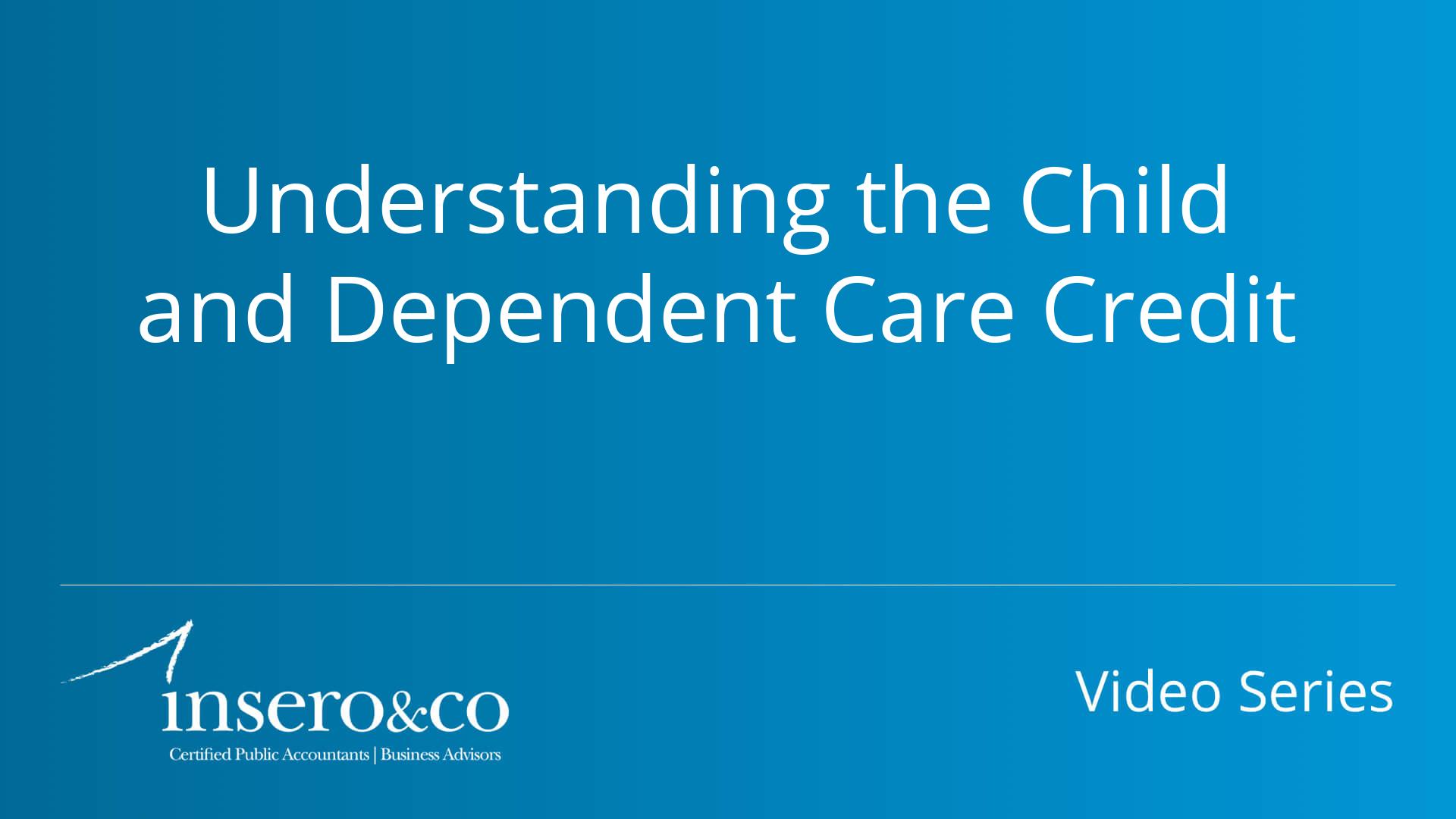ARTICLE | March 21, 2024
Crossing the $100,000 income threshold is an exciting milestone. It’s an important step toward building lasting wealth. Yet wealth encompasses much more than just your annual income – it’s the culmination of all the assets you accumulate over time.
As an emerging high earner, the journey ahead is ripe with opportunities to transform earnings into enduring financial stability and prosperity. But building wealth transcends the confines of your paycheck. It requires a comprehensive financial plan to amass assets and retain more of what you earn.
In this article, we’ll offer five key tips for building sustainable wealth. We’ll explore why earning more doesn’t automatically equate to wealth, explain how your income is taxed, and share tactics for tax-efficient saving and growth.
#1 Watch out for “lifestyle creep”
Many emerging high earners find themselves trapped in a cycle of earning and spending, struggling to make progress toward financial independence.
A major hurdle for this demographic is “lifestyle creep” – the tendency for spending to increase alongside rising income. This gradual escalation in living standards can quietly undermine efforts to build wealth, diverting funds that could otherwise be allocated to wealth-building investments. Lifestyle creep not only hampers the ability to save but also creates a dependency on a high level of income to maintain the lifestyle.
To pave the way for sustainable wealth, it’s important to review your existing budget and actual spending. Look for any elements of lifestyle creep or unnecessary spending. The aim is to separate the expenses that align with your long-term financial goals from those that only offer temporary gratification.
Strategic debt management is equally important. Some debts, like a mortgage, offer financial benefits because they are backed by appreciating assets. But high-interest debts, like credit cards, should be used with an abundance of caution because they can quickly increase expenses and erode wealth. By reducing high-interest debts, you can redirect more resources toward saving and investments.
#2 Understand how your income is taxed
As your earnings surpass the $100,000 mark, it’s essential to understand how your income is taxed if you want to optimize your position and grow wealth over time. Income taxes vary widely across different types of income, and your “effective’ tax rate can be influenced significantly by credits, deductions, and strategic tax planning.
There are three primary categories of income, each with its own set of tax rules: active or earned income, investment income, and passive income.
Active or earned income
Active income, such as salaries, wages, bonuses, and self-employment income, often incurs the highest tax rates. For self-employed individuals and business owners, the tax burden can be even higher.
Regular income from an employer reported on a W-2 is taxed as “ordinary income,” with marginal rates ranging from 10% to 37%. Not all of your income is taxed at the rate tied to your tax bracket, though. These rates are progressive, so a portion of your income is taxed at the highest rate tied to your tax bracket, while the rest is taxed at lower rates. For instance, the first $11,600 for an individual in 2024 is taxed at 10%; the next $35,550 is taxed at 12%, and so forth. So even though your top tax rate might be 24%, the effective, or average, tax rate is much less.
Self-employment income introduces additional tax liabilities because it’s subject to a payroll tax of 15.3% to cover Social Security and Medicare contributions. W-2 employees typically split the cost of the payroll taxes with their employer. However, self-employed individuals are both the employer and employee and, therefore, required to pay the full 15.3%.
Investment income
Investment income is typically derived from interest or an appreciating asset. Interest income, like that from a high-yield savings account, is usually taxed at ordinary income rates.
Capital gains, which arise from selling assets for a profit, are taxed at lower long-term capital gains rates if the asset has been held for more than a year. Long-term capital gains tax rates range from 0-20%, which is generally less than ordinary income tax rates.
Passive income
Passive income is earned from activities in which you do not actively participate. Sources of passive income can include earnings from rental properties, royalties from intellectual property, certain pass-through profits from a business, and income from investments like dividend stocks. While taxed at ordinary income rates, passive income is generally exempt from payroll and self-employment taxes.
#3 Make tax-efficient investments
Certain investments not only promise potential returns but also offer significant tax savings, making them ideal for those in the early stages of building wealth. Here’s a closer look at some common tax-efficient investment options:
HSA contributions. A health savings account (HSA) is a tax-advantaged savings account for individuals and families with high-deductible health plans. Contributions to an HSA are made with pre-tax dollars, reducing your taxable income. The funds in your HSA grow and can be used tax-free for a wide variety of qualified medical expenses.
Retirement plan contributions. Contributions to qualified retirement plans and traditional IRAs reduce your taxable income in the contribution year but are taxable once withdrawn. Contributions to a Roth IRA, on the other hand, are made with after-tax dollars, but withdrawals are tax-free. Essentially, one plan offers tax savings now, while the other offers tax savings in the future.
A combination of both types of plans is ideal, but you can maximize contributions to either plan strategically based on your present and anticipated future income. If your taxes are fairly reasonable for the current year, but you expect your income to increase in the future, maximize Roth contributions. If you need the tax savings now, maximize your contributions to a traditional IRA or qualified retirement plan.
Educational investments: 529 plans are versatile tools for funding educational expenses for any beneficiary, including yourself. They can be used for costs associated with private school, college, apprenticements, and even student loan repayments. Contributions grow tax-free, and withdrawals for qualified educational expenses are not taxed. Many states also offer deductions for 529 contributions, so these plans can offer tax benefits both now and later.
You can also gift and bundle 529 contributions up to $90,000 ($180,000 if married) per beneficiary in a single year without eating into your lifetime gift-tax exclusion.
Tax-exempt bonds: tax-exempt bonds are an asset that’s generally free from federal income tax and in some cases, state taxes as well.
#4 Maximize tax credits and deductions
Strategic tax planning empowers you to leverage everyday expenses to lower your tax bill.
Several avenues exist to maximize tax credits and deductions, both of which reduce the amount of taxes you’ll owe. Deductions lower your adjusted gross income (AGI), which will reduce your total tax liability (and potentially keep you in a lower tax bracket). Credits are applied once you’ve calculated the taxes you owe and offer a direct reduction of your tax bill, dollar for dollar.
When it comes to deductions, taxpayers can opt to take the standard deduction or itemize deductions. The standard deduction is a fixed dollar amount that reduces the income you’re taxed on. For tax year 2024, the standard deduction for individuals is $14,600. It’s designed to simplify the filing process, offering a quick way to decrease your taxable income without the need to itemize individual deductions. On the other hand, itemized deductions require a more detailed approach, where you list eligible expenses such as mortgage interest, state and local taxes, charitable contributions, and medical expenses, among others. Choosing to itemize can be beneficial if your itemized deductions exceed the standard deduction amount for your filing status, potentially leading to a lower tax liability.
Some common credits and deductions include:
- The Child and Dependent Care Credit,
- The Lifetime Learning Credit,
- Home Energy Credits,
- State and Local Tax Deduction,
- Mortgage Interest Deduction,
- Charitable contributions,
- Educator Expenses Deduction, and the
- Home Office Deduction.
These are just a few examples of credits and deductions that can reduce your tax burden so you can save more. A tax professional can provide more personalized guidance, ensuring you make the most of your unique financial situation.
#5 Work with experts
While we’ve covered some common strategies, this information is not a substitute for professional advice. Working with experienced CPAs and investment advisors ensures that your financial plan is not only comprehensive but tailored to your specific needs and goals. Building and preserving wealth is an ongoing process that requires careful planning and strategic foresight.
If you would like to discuss your unique situation with one of our expert advisors, please contact our office.
Do you have questions or want to talk?
Call us at (800) 232-9547 or fill out the form below and we’ll contact you to discuss your specific situation.




